Still cannot believe that we are halfway through the year already? As we enter the months full of tropical cyclones and isolated rains, we bid farewell to our favorite summer activities and destinations and the daily humidity and relatively high temperature that it brings.
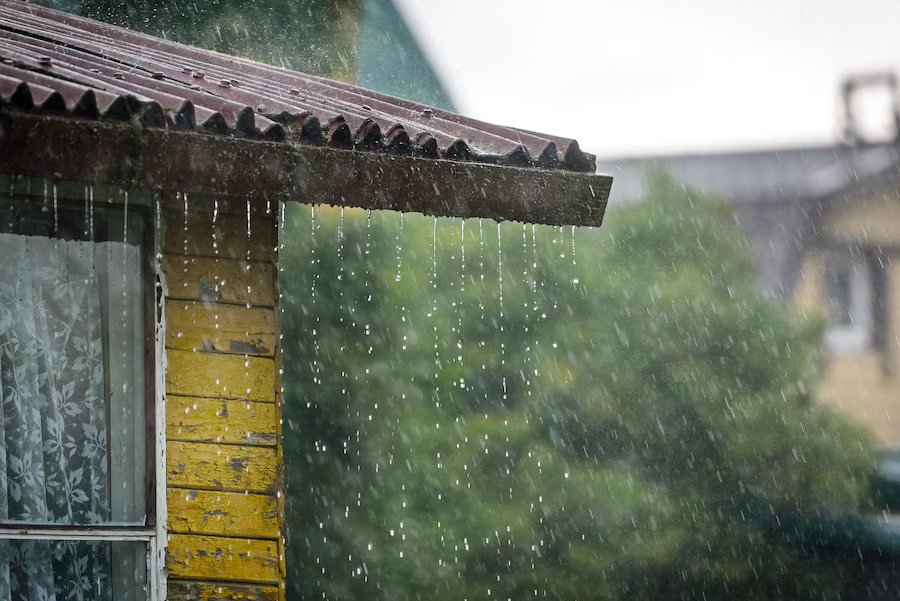
Two major seasons in the Philippines
As a tropical country, we only have two major seasons, the dry season, which usually starts from December to May, and the rainy or wet season from June to November. Even though we only have two seasons in the country, we can do many fun activities throughout the year.
Basic carpentry work and other upkeep are usually done during the dry season. But as prepared as we are during the dry season, we should also be ready for the rainfall, severe tropical cyclone, typhoon, high winds, floods, and other emergency and disasters around our property during the wet season to keep the property from suffering from extensive damage.
During these extreme weathers, it’s crucial to stay indoors and postpone travel and outdoor activities to steer clear of the perils of flash floods. Equally important is maintaining a robust stockpile of water supplies and non-perishable food items to ensure sustenance.
Having a comprehensive typhoon preparedness emergency plan is vital, which should include a designated safe room and well-thought-out evacuation routes.
Refer to these rainy day tips on how to prepare for a typhoon for you and your family can do at home just in time when the rain pours.
1. Check your roof

Whenever it rains, the first thing you should always consider is the roof. Check whether your roof has holes, cracks, or any damage that can cause water leaks that may lead to a bigger problem. Remember that when your roof is in bad condition, the worst scenario is that your house and lot may have rain leaking all over the place.
For roofs with minor issues, you can use a sealant to fill in gaps or patch holes. Make sure that you also check if they are properly screwed in once the rainy season starts. This is to avoid wind damage that may turn your roof into flying debris.
2. Clean your gutter
Apart from the roof, gutters should also be given attention. The gutter is a pipe that prevents heavy rain from flooding the roof. Better make sure that your property’s gutter has no leaves or dirt stuck on it so that water will flow easily.
You may use a ladder to reach your gutter and just sweep away the dirt. You may also use a high-pressure hose if you don’t want to climb.
3. Trim down your plants
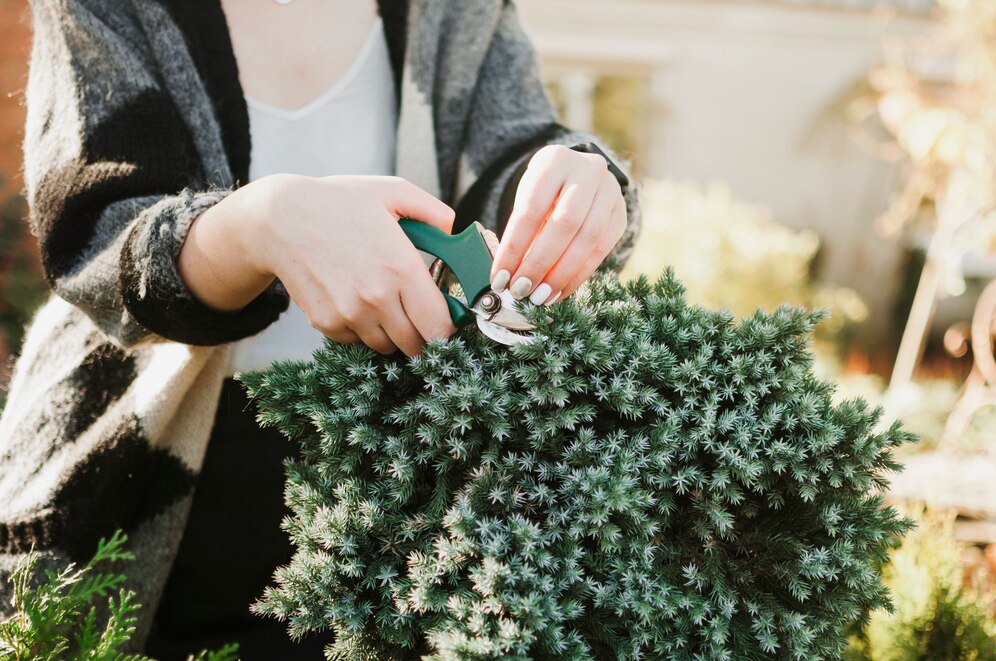
Because of the heavy rain, leaves and branches of plants and trees as well as other objects or debris usually fall off. To minimize the fallen leaves and branches, you may opt to cut some portions of your plants and trees. Don’t forget to dispose of them properly after trimming them down.
3. Make a drainage check
To avoid flooding in your house and lot, make sure that the drainage is clean and free from any garbage. You may seek assistance from your community to have the drainage cleaned. You can even initiate a cleanup drive in your community to make sure that the water is passable.
4. Prepare indoors

When you are finished checking the outside of your home, it is time to know how to prepare for a typhoon on the inside. Like checking the physical strength of the roof and gutter, make sure that your ceiling has no holes, cracks, or signs of water leakage. Again, it’s better to treat minor damage ahead of time. Don’t wait for the water to leak before doing basic prevention measures.
Also check your windows and window frames and make sure they can withstand the strong winds. Do the same for your doors. If you have outdoor furniture, it is best to keep them indoors for the mean time. Even better if your windows are equipped with storm shutters.
In times of emergency, do not discount the chances of you and your family needing to evacuate. This is true especially when you are living near the coast or other areas that easily get flooded after storms and typhoons. These scenarios can actually cause post traumatic stress disorders (PTSD), especially on families with small children.
For typhoon preparedness, always keep a waterproof box of necessities such as food, first aid kit, utilities, and your important documents.
5. Inspect your wirings
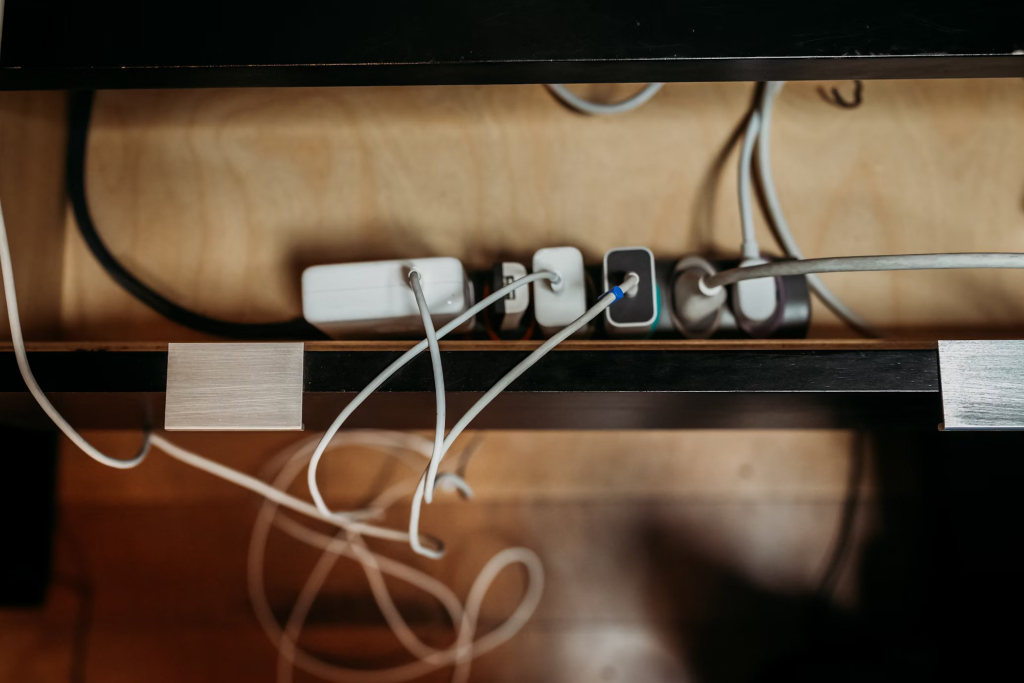
This is very important. We don’t want anyone in the family to be harmed due to faulty wiring, extended power outages, and other electrical issues.
Prevent electric shock and power outages by ensuring all power lines are in good condition. Consider electrical repair for any issues.
You may ask help from electricians or anyone familiar with wirings, power lines and sockets to check if there is any damage. Also, scan if any of your switches is grounded. If yes, have it replaced immediately.
6. Check your pipes
Faucets and pipes should also be monitored. If some leaks or pipes need some adjustment, call for a plumber to have them repaired. No matter how big or small the leak is, it should not be ignored unless you want to pay a considerable sum for your water bill.
7. Restock your pantry
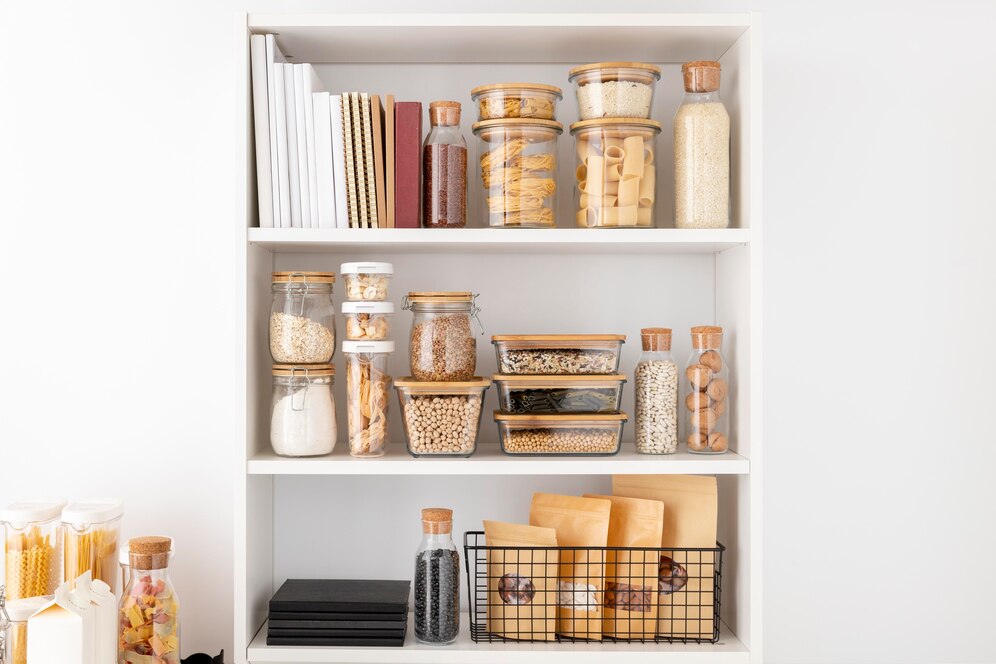
Stock up for your pantry | Photo by Martin Lostak on Unsplash
Rainy season gives us this lazy feeling that we just want to stay in bed all day and cuddle our sheets and pillows. If you’re one of those mentioned, you should stock your pantry with enough supply of food and drinks before the rain pours heavy.
When the rains come, all you have to do is just sit back, relax and enjoy sipping a mug of hot chocolate while in your pajamas.
9. Check Your Emergency Kit
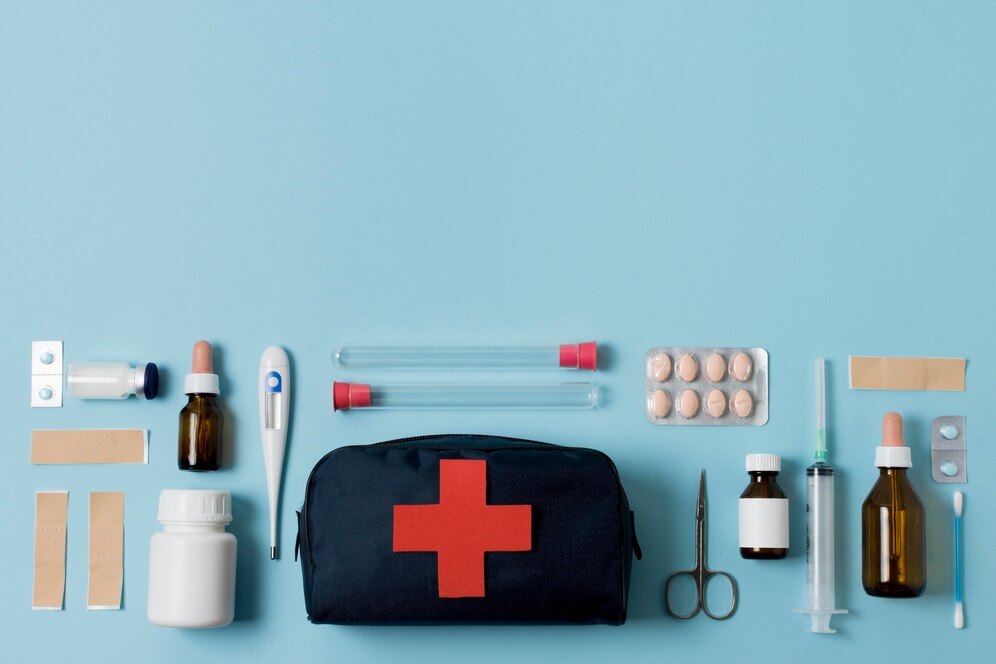
Basic items in your Emergency Kit
Ensure your emergency kit is comprehensive and current. It should include flashlights and extra batteries for power outages, a well-stocked first aid kit with bandages, antiseptics, wound care, and pain relievers, medicines in case of acquiring water borne diseases, and sufficient water supply, accounting for at least one gallon per person per day.
Medication
Stock up on non-perishable and ready to eat food and water items such as canned goods and energy bars, drinking water, essential supplies like extra clothes, and ensure you have medications that are regularly required, along with copies of prescriptions.
Personal hygiene
Don’t forget personal hygiene items like soap, toothpaste, and sanitary products. Emergency supplies such as a whistle, power banks, multi-tool, and manual can opener are also essential for a grab and go bag.
10. Keep a List of Local Authorities for Emergency Calls

Maintain an accessible list of emergency contacts, including local disaster response teams for immediate assistance, police and fire department numbers for law enforcement and fire-related emergencies, and medical facilities and hospitals for health emergencies.
It’s also wise to have utility companies’ contacts to report outages or service disruptions and insurance contacts for quick access post-disaster.
Moreover, stay informed with the latest updates through the social network, radio station and even news on television when power is still on.
11. Create an Evacuation, Emergency, and Survival Plan
Evacuation Routes
- Identify multiple evacuation routes from your home, designated place and community to ensure a quick exit when a flood warning or typhoon strikes. Ensure that everyone in the household is familiar with these routes.
Meeting Points
- Establish designated meeting points outside your immediate neighborhood in case family members are separated during a natural disaster. These should be easily accessible and well-known locations.
Communication Strategies
- Set up a plan for maintaining contact if communication lines are disrupted or if there is a power outage. This may include using social media, battery operated radio, or messaging apps that can work without cellular service.
Insurance Coverage
- Review your health insurance and car insurance policies to understand the extent of your coverage in the event of a disaster. Ensure that you have adequate coverage for potential damages and losses.
Pet Care
- Include a plan for your pets’ evacuation and care, ensuring they have insurance, if available, and prepare a pet emergency kit with food, bottled water, and other necessities.
Safety Procedures
- Outline specific ensuring safety procedures for various natural disasters scenarios, such as earthquakes, cyclones, and floods. This should include instructions on when to evacuate immediately and where to call rescue operations unit.
12. Check on each Family Member

Keep in touch and provide assistance whenever needed
Regularly connect with family members, discuss survival measures and how to prepare for a typhoon, particularly those who are elderly, with mental health problems or those who live alone, to ensure they’re prepared.
Educate family members on safety protocols
Educate children on emergency protocols, typhoon preparedness and check in with relatives with special needs who might require additional support. Coordinate plans and offer mutual assistance with extended family in the area to ensure everyone is safe and prepared.
Establish a clear evacuation plan
For family members in low lying area, establish clear evacuation plans that direct them to higher ground to keep them from harsh elements. Identify designated places within your community, such as shelters or community centers, where they can go in case of an emergency. You can also give them a copy of your typhoon preparedness checklist.
As the saying goes, it is always better to be prepared than to be sorry. Indeed, being prepared ahead is the best prevention to avoid facing significant problems.
Whether it’s the calm of summer or the unpredictability of the wet season, each and every member of the household should be ready for a preparedness plan. Everyone, from the youngest to other adults, is expected to participate in any event happening inside and outside the four corners of our home.
Our home is the safest place we can be, where we can feel family safe and secure. It’s our sanctuary, our safe haven. Just like how our homes protect us from any season, we should also learn how to care for and maintain the beauty of our homes, even against heavy rains and widespread flooding.
How we treat our home is a reflection of who we are as a person. Every year, over 20 tropical cyclones enter the Philippine area of responsibility, bringing not just winds but also an assortment of tropical depression, thunderstorms, and isolated heavy showers.
That’s why we should also make a habit of doing these preparedness plan before the first rain of the wet season drops.
Invest in a house and lot where you can feel safe and at ease every season. A trusted developer of house and lots in the Philippines, Camella continues its legacy of building safe and healthy homes for every Filipino family. Check out Camella’s available house and lot offerings or visit its virtual gallery.

Celebrate Life’s Milestones in Camella!
Make unforgettable memories in a Camella home.
Our communities are designed to elevate your living experience.


